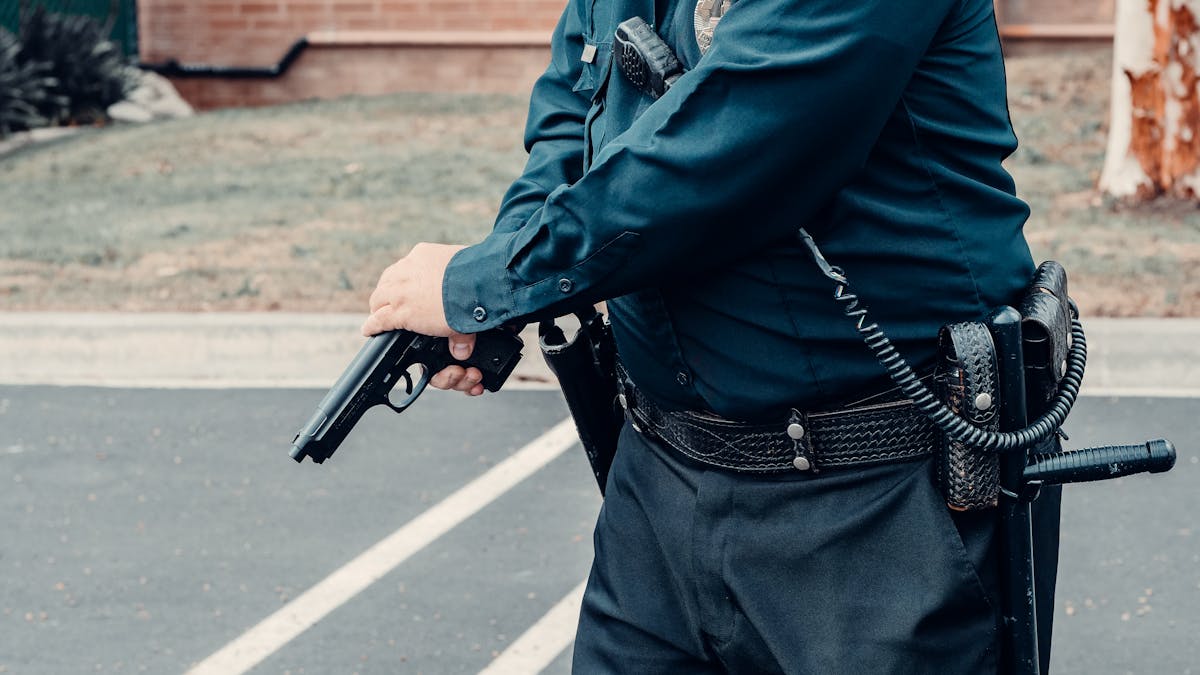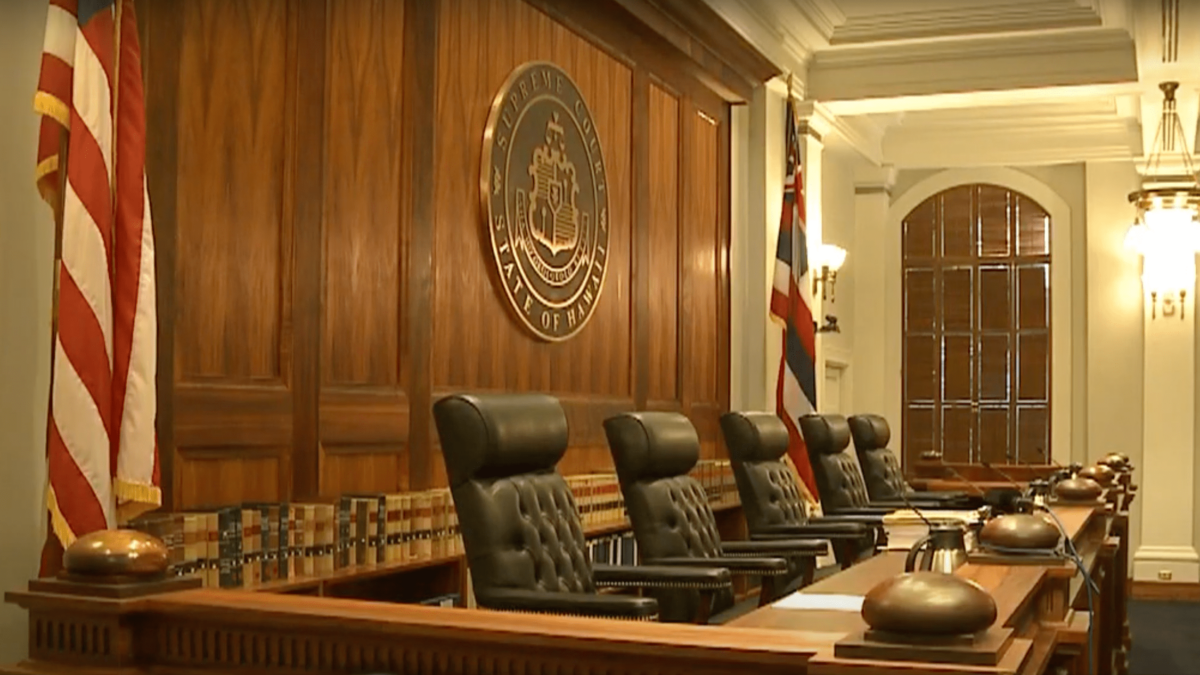The Supreme Court’s landmark decision in New York State Rifle & Pistol Association v. Bruen did a lot more than just strike down New York state’s concealed carry law. It changed the legal landscape for gun laws across the country. With that change, many gun control laws are now on life support. But the real question is — which ones are doomed?
At the end of June, the Supreme Court ruled in Bruen that it was unconstitutional for the state of New York to require individuals to demonstrate a “proper cause” for needing to carry a firearm in public. Beyond just striking down the law, however, the Supreme Court also fundamentally altered the way lower courts across the nation review Second Amendment challenges.
For over a decade, most federal courts have used a two-step test to evaluate Second Amendment cases. In step one, courts would determine whether the regulated practice was protected by the Second Amendment. If so, courts would proceed to step two and “balance” the right against the government’s purported interest in regulating the practice. This resulted in many courts upholding nearly every gun control regulation.
And for that same span, gun rights groups have argued the two-step test doesn’t follow the Supreme Court’s landmark 2008 decision in D.C. v. Heller. The Heller opinion not only explicitly prohibited interest balancing but laid out a clear methodology, based on text and history, to analyze Second Amendment cases. The Supreme Court’s Bruen opinion agrees.
Instead of using the flawed two-step test, lower courts are required to examine the text of the Second Amendment, as informed by history, by applying an interpretive methodology known as “originalism.” Governments must base their laws on historical analogs or risk having them ruled unconstitutional. In other words, if there is no evidence that the government could regulate something around 1791 when the Bill of Rights was ratified, then the government can’t regulate it today.
So, current gun control laws that lack any historical precedent now face the chopping block.
‘High-Capacity’ Magazines
First up are so-called “high-capacity” magazine bans. Various governments prohibit individuals from buying or owning magazines that can hold more than 10 or 15 rounds of ammunition. But there is no historical analog those governments can point to in support of those bans.
Firearms capable of firing more than 10 rounds without reloading have existed since at least the 1500s. In 1777, over a decade before the adoption of the Bill of Rights, Joseph Belton demonstrated a repeating rifle able to hold 16 rounds to members of the Continental Congress. Moreover, the Puckle Gun, patented in 1718, had pre-loaded, replaceable cylinders that would allow the operator to quickly reload the weapon.
Because there is clear historical evidence that proto-magazines and firearms capable of firing more than 15 rounds without reloading existed at the time of ratification, and there are no analogous historical bans or restrictions on those firearms, modern magazine bans should be ruled unconstitutional.
‘Assault Weapons’
Next are bans on so-called “assault weapons.” One such ban is currently being considered by Congress. The weapons in question are nothing more than semiautomatic firearms that are lawfully owned by millions of Americans. And there are no analogous historical bans on similar, commonly owned, effective self-defense tools. In fact, quite the opposite is true.
Most civilian-owned firearms in and around 1791 in the United States were not only suitable for self-defense, but they were also the firearms used to fight the Revolutionary War. In fact, around the founding, fowler guns, which were used both for bird hunting and in militia service, were incredibly common.
Yet again, despite the prevalence of these firearms, there were no analogous regulations that modern governments can point to in order to justify a ban today.
These are just two examples of the many gun control laws that will be reevaluated by federal courts due to the Supreme Court’s Bruen opinion.
If and when federal courts consider the historical scope and original meaning of the Second Amendment, they will find that several modern gun control laws — such as magazine and “assault weapons” bans — violate the U.S. Constitution. If courts truly follow the original public meaning of the Second Amendment, it’s only a matter of time before the bans are formally struck down.









